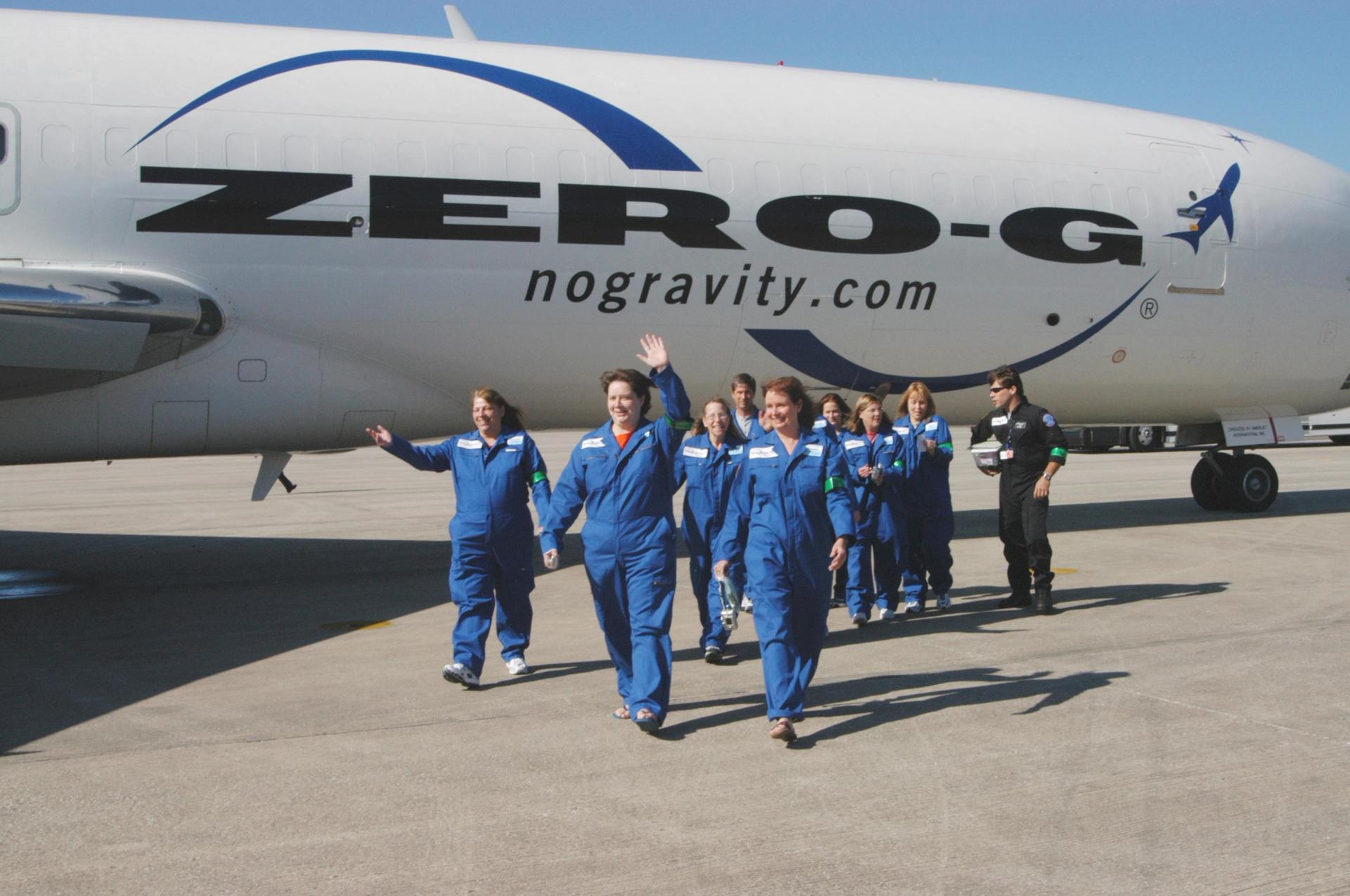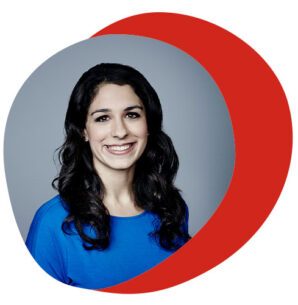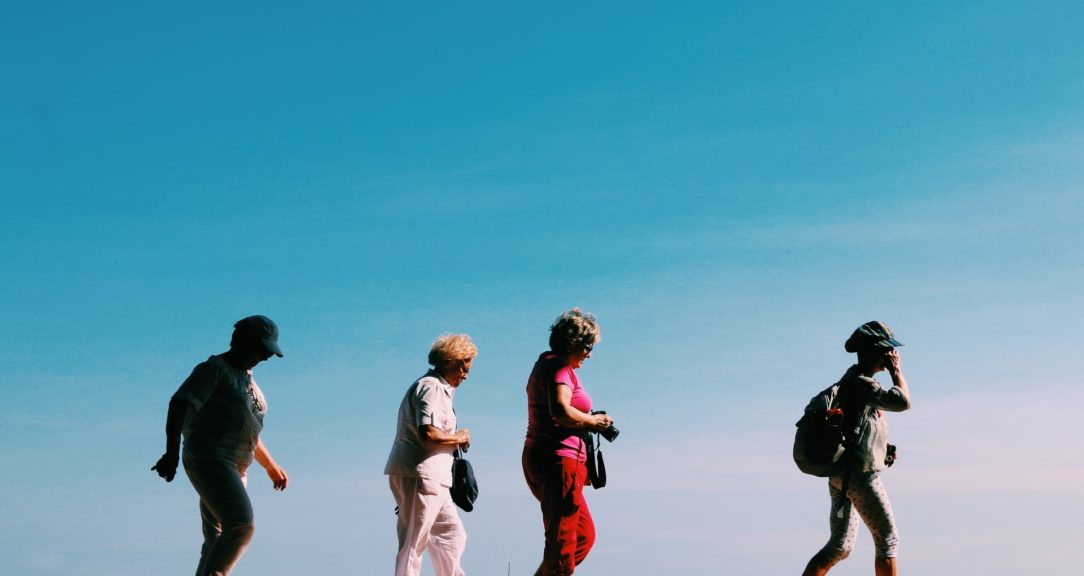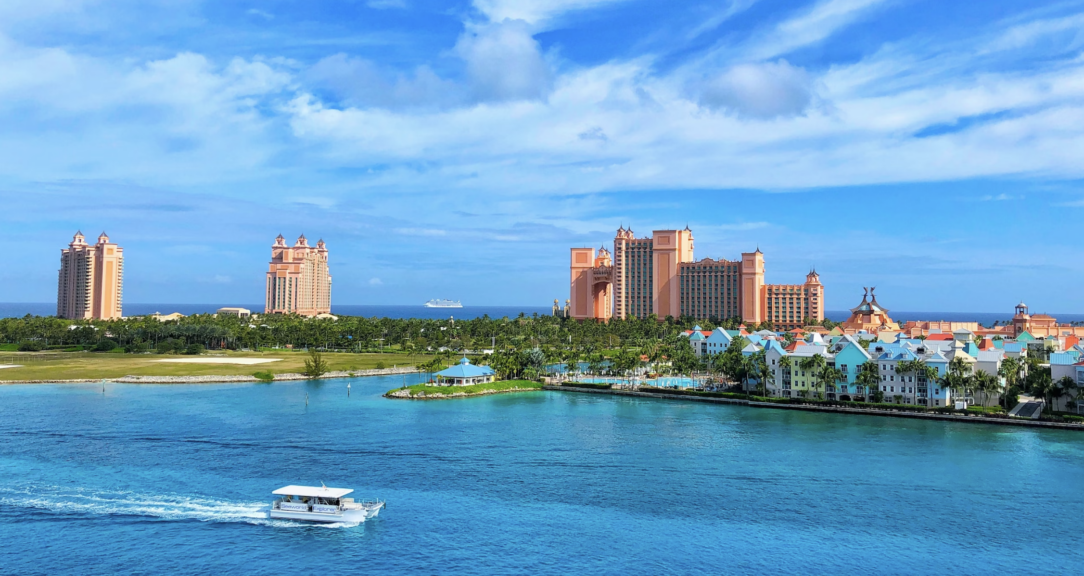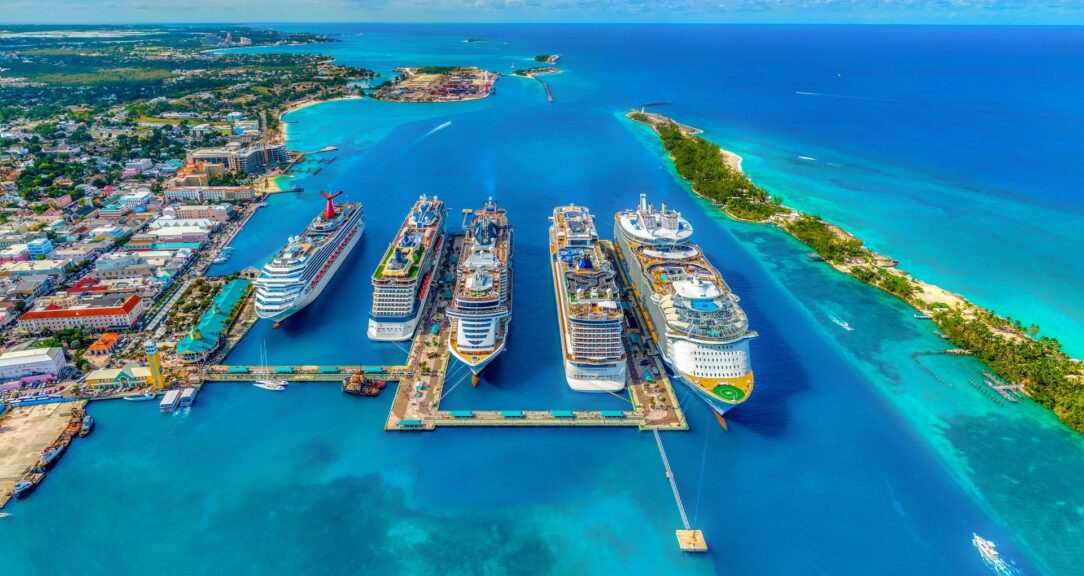They told Michelle Peters there’s no feeling like it on Earth. And they were right.
When her body lifted off the ground on her first zero-gravity flight, Peters knew she would struggle to describe the feeling to others. The best she can explain it, she says, is a sort of combination between floating in a pool and either skydiving or being inside an indoor wind tunnel at an amusement park.
“It feels very light. It feels very freeing. It feels very zen,” she says. “You have to relax and just allow yourself to go with it. The physics behind it are exactly like being in space, so you really have to try it to know exactly what it feels like.”
Peters has helped people do just that as the inflight supervisor at Zero Gravity Corporation, known as Zero-G, which offers the world’s only commercial flights that let individuals experience the feeling of weightlessness in zero gravity without actually rocketing into space.
She and her team give Zero-G flyers an orientation, light breakfast and personal flight suit that’s theirs to keep before boarding the aircraft. Half-hour fun flights — that is, those not for scientific research — complete 15 parabolas, aerobatic maneuvers that create gravity-free conditions by alternating upward and downward arcs, with level flight in between.
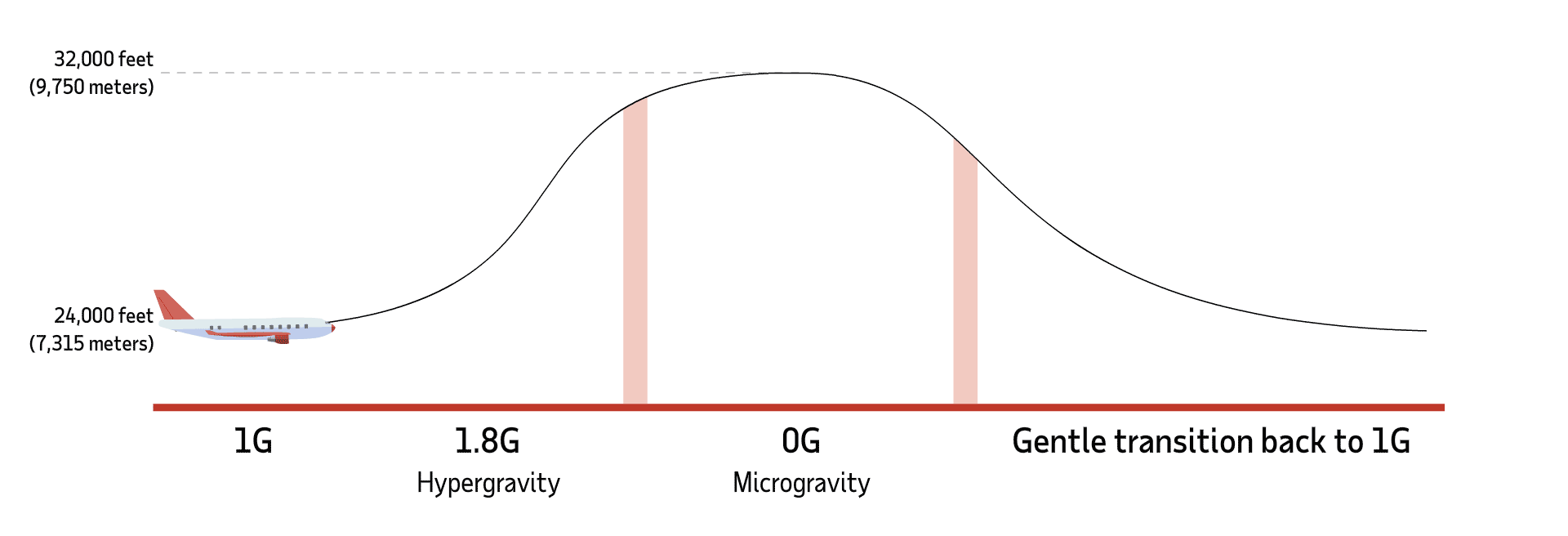
After flying level with the horizon at an altitude of 24,000 feet (7,315 meters), the pilots gradually increase the angle of the aircraft. Flyers experience weightlessness when the plane pushes over the top of the parabolic arc at 32,000 feet, about 9.75 kilometers above the ground.
“Invariably, there are two faces that flyers make — both of which I made myself on my first flight, and I have the pictures to prove it,” Peters says. “The first is an expression as if you just walked into a surprise party your friends threw for you. And the next is an absolutely gigantic smile.”
She recalls dozens of memorable flights over her years at Zero-G. One flier wept from the sheer joy of it all. Another casually told Peters once they were in the air that this was her first time ever on an airplane. Peters has flown with Sir Richard Garriott, the first commercial astronaut, and Peggy Whitson, the first woman commander of the International Space Station. In total, she’s completed more than 5,000 parabolic maneuvers on more than 200 flights since joining the company in 2007.
But Peters stepped away earlier this year from her inflight position to focus on her other role as director of research and education at Zero-G. In 2010, she developed the company’s research arm, cooperating with NASA, corporations and other partners to approve experiments and conduct microgravity research in fields including biomedical sciences, fluid physics, space habitation, material design and more.
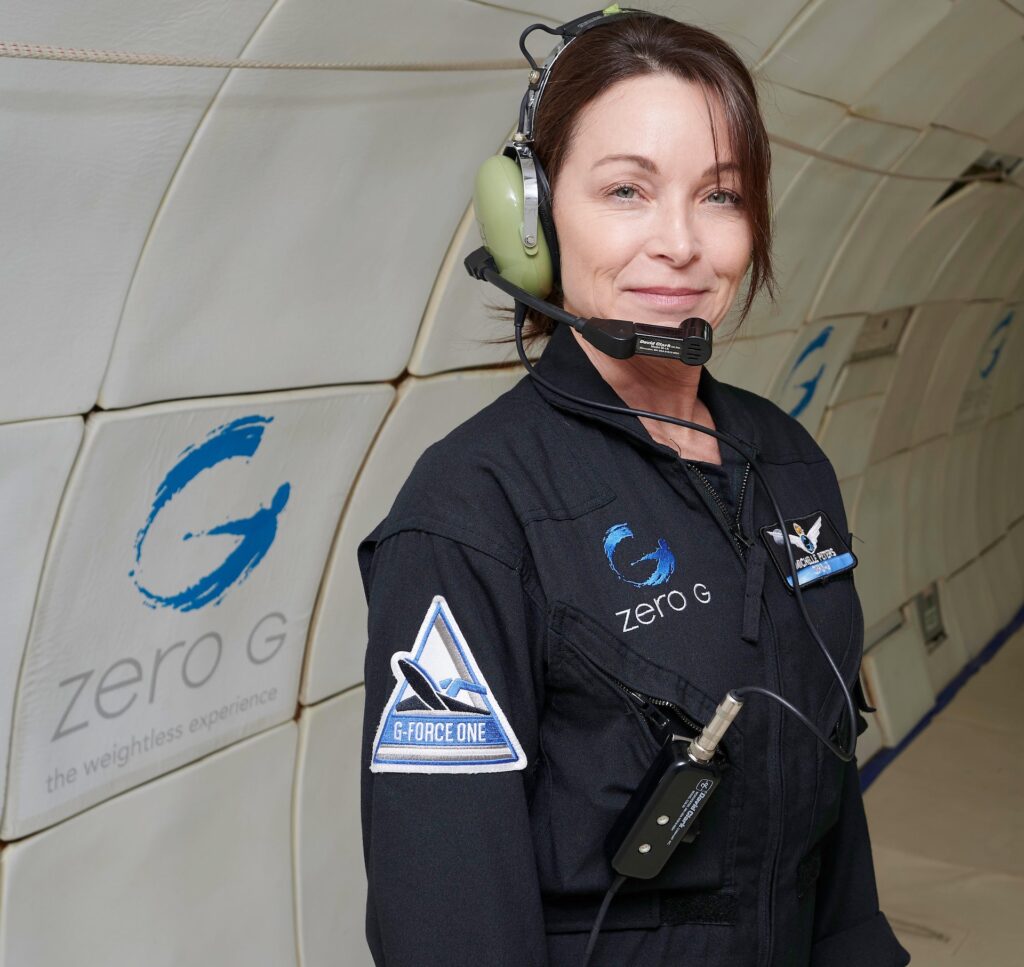
An unexpected flight path
Peters couldn’t have planned for this career path as she grew up in 1970s Florida. But when she looks back over the decades, she finds it makes perfect sense. All the ingredients for space, aviation and adventure were there, in her blood and in the air around her.
“Where I am now, it’s kind of a culmination of where I and my family members have been,” she says. “I’ve always been very, very curious. I like to explore, to try new things, to go to new places, to figure out how things happen. And while I didn’t always know I wanted to be involved in the space industry, I was always steeped in the space industry.”
Her maternal grandfather was a rocket scientist at NASA, while her father’s father was an Air Force pilot. Peters herself was born in Japan while her father was serving with the Marine Corps, and the family soon settled in the United States along Florida’s so-called Space Coast. A young Peters recalls watching Apollo and Space Shuttle launches from the beach and from Kennedy Space Center. She also met several astronauts; it was just part of the Space Coast culture.
She started her first job during the summer at age 15, making a few dollars an hour waitressing at a beachside chicken joint in Brevard County, Florida, and she stuck with it until heading north for college at Vanderbilt University in Nashville, Tennessee. At the end of her sophomore year, however, Peters came back home to the Space Coast to explore her options. She worked as an assistant at a defense company in Florida, then went back to college at Florida State University to study business and psychology. Over the years, she worked at a mental health facility; as a patent and trademark law clerk in Washington, D.C.; and as an office manager at another law firm.
In 1996, she returned to Florida and took a job that would eventually lead her to Zero-G and the world of spaceflight: She became program manager at the educational organization Junior Achievement of East Central Florida, making about $23,000 a year helping train students in business-related activities.
She worked her way up to president of the organization, attracting the attention of the State of Florida, which was trying to solve a major teacher shortage problem. The state’s now-defunct Technical Research and Development Authority offered her about $65,000 a year to build an initiative called Endeavor Academy — named for the Space Shuttle Endeavor — to cross-train teachers in additional subjects via workshops with businesses.
“For oceanography and marine biology, we had a workshop with SeaWorld,” Peters says. “For science, we approached some of the local space companies, and the husband of the consultant I was partnering with was working for Zero-G. I thought, ‘How cool would it be to get these teachers on some flights and actually experience what it’s like to be in space, instead of just reading about it?’”
The Zero-G partnership was a massive hit, with teachers around the state coming in to take weightless flights while recording videos, conducting small experiments and collecting experiences to bring back to their students. Zero-G soon took the program nationwide.
“A year later they called me and said, ‘Hey, we would love for you to come work for us and run our education program.’ I said, ‘Do I get to fly?’ And when they said yes, I said yes,” Peters says.
A lofty calling
Almost immediately after joining Zero-G in 2007, Peters was tasked with overseeing the logistics for a VIP coming in to try a weightless flight: the late physicist Stephen Hawking.
“I can’t even begin to describe what it was like to meet him in person and interact with his team,” she says. “It was one of the most incredible moments of my life. The flight was fantastic, he had an amazing time, and I knew right away that I was hooked.”
Over her 15 years at the company, Peters has served in a variety of roles, starting as Director of Education Programs. This position included overseeing Northrop Grumman Foundation’s Weightless Flights of Discovery, an extension of the Endeavor Academy that funded flights for teachers from every U.S. state. She still gets calls and emails from teachers who report that they’re still using materials from the program, years later.
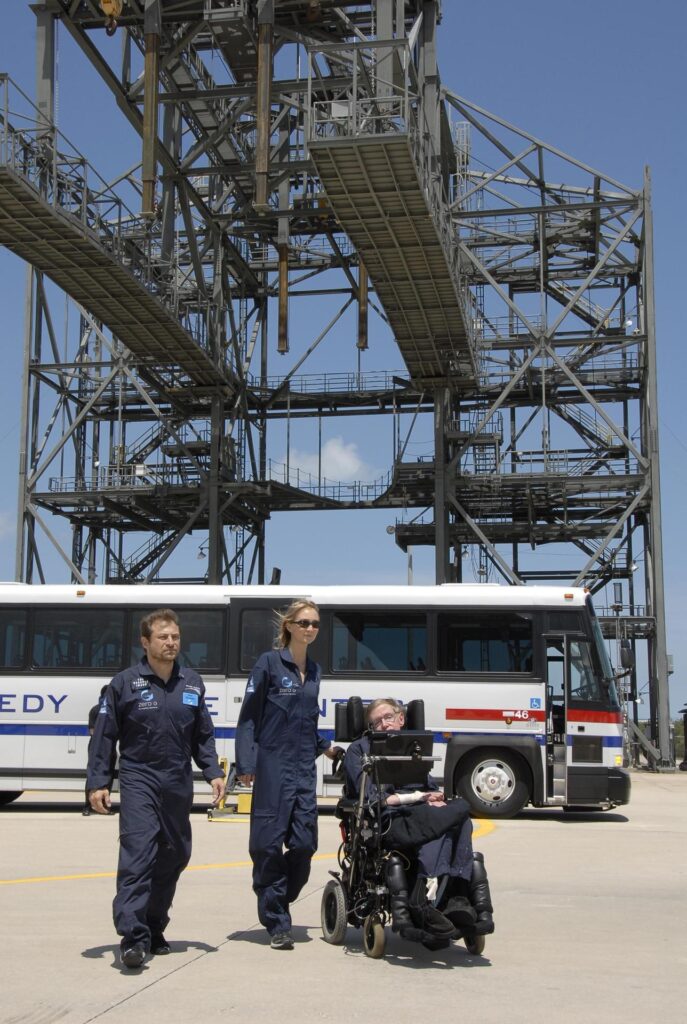
In her second year, she added research responsibilities to her role after Zero-G secured a contract in 2008 to conduct all of NASA’s microgravity research flights. After completing the Pan Am Flight Academy’s flight attendant training to learn the procedures needed for those NASA missions, she flew as the main attendant.
All of Peters’ experiences, from watching rockets on a Florida beach to taking business classes to creating Endeavor Academy, were beginning to gel. While working as the flight attendant for the NASA excursions, a thought occurred to her: Why couldn’t Zero-G do what NASA was doing on a commercial basis? Why not offer flights to not just NASA scientists, but to individuals, too?
The answer was a bit complicated. When flying with NASA, Zero-G was operating as a government aircraft. To offer commercial zero-gravity research flights, the company would have to adjust its research program to align with the U.S. Federal Aviation Association’s rules for commercial air carriers. And that’s exactly what they did, led by Peters.
“We are a passenger-carrying airline, so as a flight attendant on a Zero-G flight, you are beholden to maintain all the same standards of any other flight attendant — plus additional ones because of the type of flying we do,” Peters says.
She and her team essentially developed the precursor to a spaceflight attendant — a crucial discussion given the rise of space tourism companies like SpaceX, Blue Origin and Virgin Galactic. Currently all people onboard flights are cross-trained for many jobs, but one day it’s likely we’ll see commercial spaceflight attendants.
This year, Peters moved on from that role to focus on research and education, but she says the positions have aligned for a seamless transition.
“I’m able to develop the research and education programs more fully because of all of that inflight experience — understanding all of the different aircraft systems from the overboard vent, to the electrical system, to the padding that’s required,” Peters says. “So when we’re offering services to universities, corporations, government agencies, I can share from experience what we can and can’t do.”
As they look to the future, Peters and Zero-G are squarely focused on putting even more into that can-do category. For example, NASA recently funded its first payload specialist for suborbital missions: an aerospace professor trained through a Zero-G research program.
“We recognize our role as a foundational stepping stone for the research that’s happening in space, and that people are going to be doing suborbital flights and trips to the moon or Mars or deep space,” Peters says. “We are prepping for a future that has space in it every single day. And I think it’s actually happening faster than people realize.”
Read more
Sign up to keep up to date with ReThink Q.
